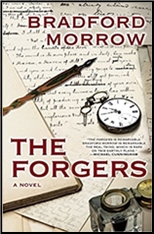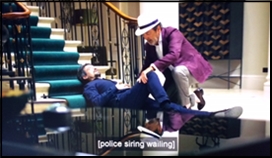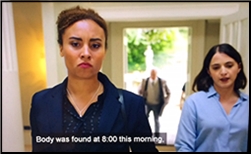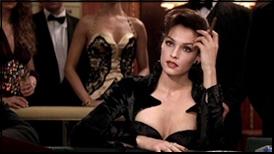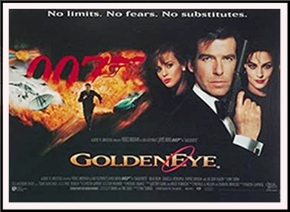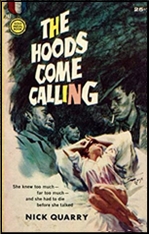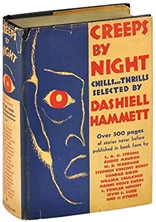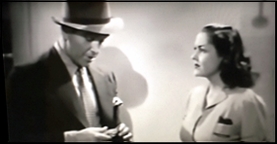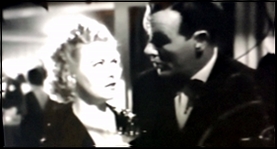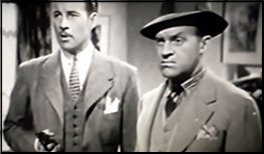Mon 7 Dec 2020
Stories I’m Reading: DAVID HANDLER “The Happy Couple.â€
Posted by Steve under Stories I'm Reading[5] Comments
DAVID HANDLER “The Happy Couple.†Novelette. First published in Ellery Queen’s Mystery Magazine, July 2005. Not known to have been reprinted.

David Handler is best known for his hardcover mysteries, most of which fall into either of two series: his Stewart Hoag and Lulu mysteries (of which there are twelve), or his Berger and Mitry tales (of which there are eleven). “The Happy Couple†is therefore a rarity: it’s one of only a small handful of short stories he’s written, and it’s a standalone.
The narrator is Tim Ferris, as he tells a story that took place thirty years earlier when he was struggling young newspaper reporter in Manhattan. The first line gives a small hint of what is to come: “This is the ugliest show business story that I know.â€
Enamored of the Broadway stage, and superstar actress Barbara Darrow in particular, Ferris is thrilled beyond belief when he is offered an interview with her and her husband, the equally famous actor Anthony Beck. What he does not realize he is walking into is a love triangle between the two of them and Leigh Grayson, a young accomplished actress who is in a lesser role in the current play all three are in.
Ferris himself finds himself strongly attracted to the latter, which does not please Ms Darrow and the games she loves to play. Not only does he find himself drawn into them as well, but so does the reader. You can simply feel the sexual tension growing, punctuated by Beck finding Darrow sitting naked in Ferris’s lap, an unwanted event by the latter, and totally surprised by it.
The ending? Totally horrific. I won’t say more, but it is one that Ferris had to wait thirty years before he could tell it. This one’s a chiller.

